An optically active substance A is decomposing into optically active substance B and C as :
A.k=10−3min.−1−−−−−−−−−−→2B+C
the specific rotations of A,B and C are +40∘,+10∘and−30∘ per mole , respectively Initially A and C were present in 4:3 mole ratio After what time (in min), the sample becomes optically inactive?
[GivenIn75=0.34,In2013=0.43]
The correct Answer is:430
Topper's Solved these Questions
- CHEMICAL KINETICSBOOK - GRB PUBLICATIONCHAPTER - CHEMICAL KINETICSEXERCISE - match the column type
13 Videos
- CHEMICAL BONDING-IBOOK - GRB PUBLICATIONCHAPTER - CHEMICAL BONDING-IEXERCISE - Subjective Type
120 Videos
- COORDINATION COMPOUNDSBOOK - GRB PUBLICATIONCHAPTER - COORDINATION COMPOUNDSEXERCISE - SBJECTIVE TYPE
98 Videos
Similar Questions
Knowledge Check
Optical activity of a substance is due to
Apresence of aldehyde groupBhigh molecular weightCchemical reactivityDpresence of an asymmetric carbon atomOptically active substances are those substances which
Aproduce polarized lightBrotate the plane of polarization of polarized lightCproduce double refractionDconvert a plane polarized light into circularly polarized lightWhich isomer of C4H10O is optically active ?
A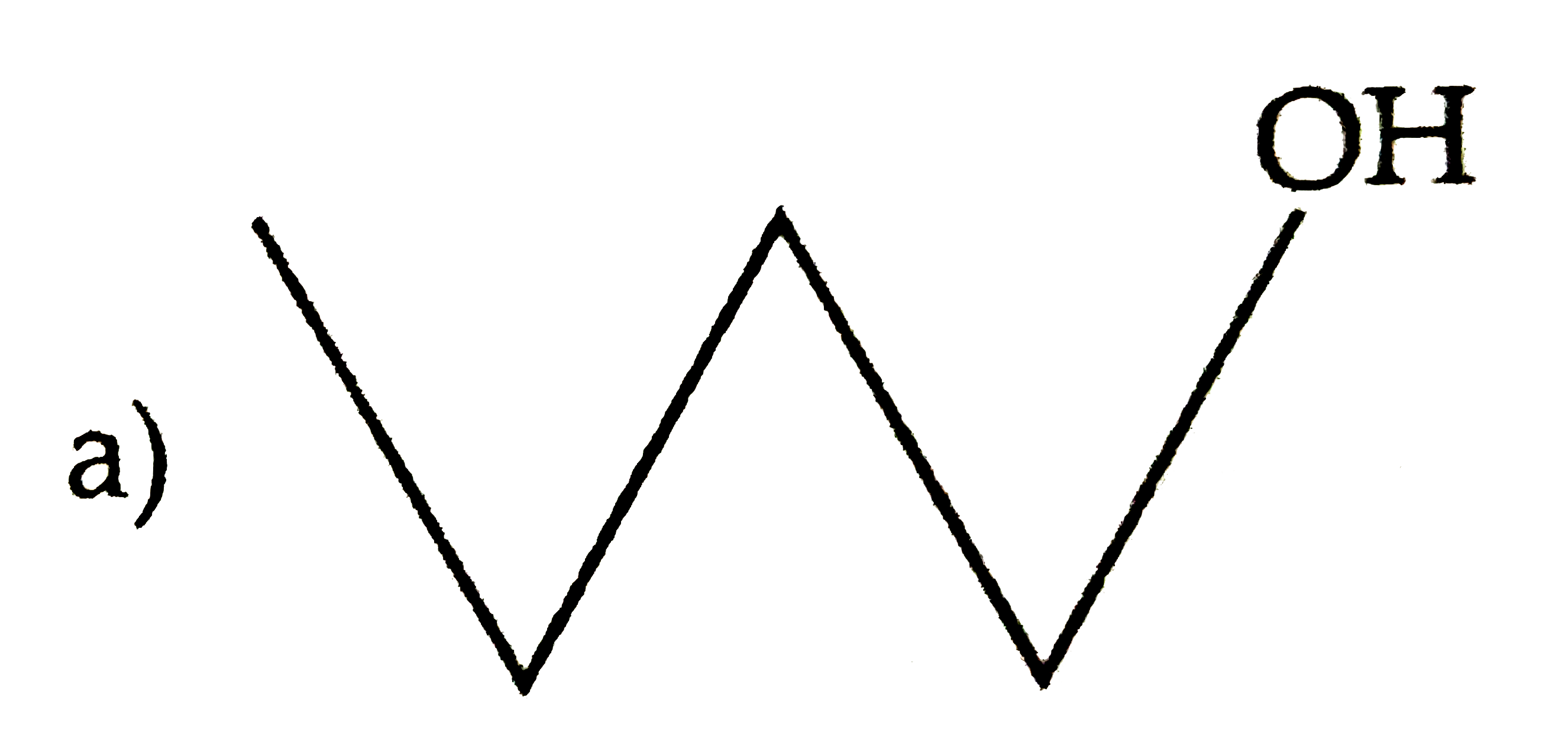 B
B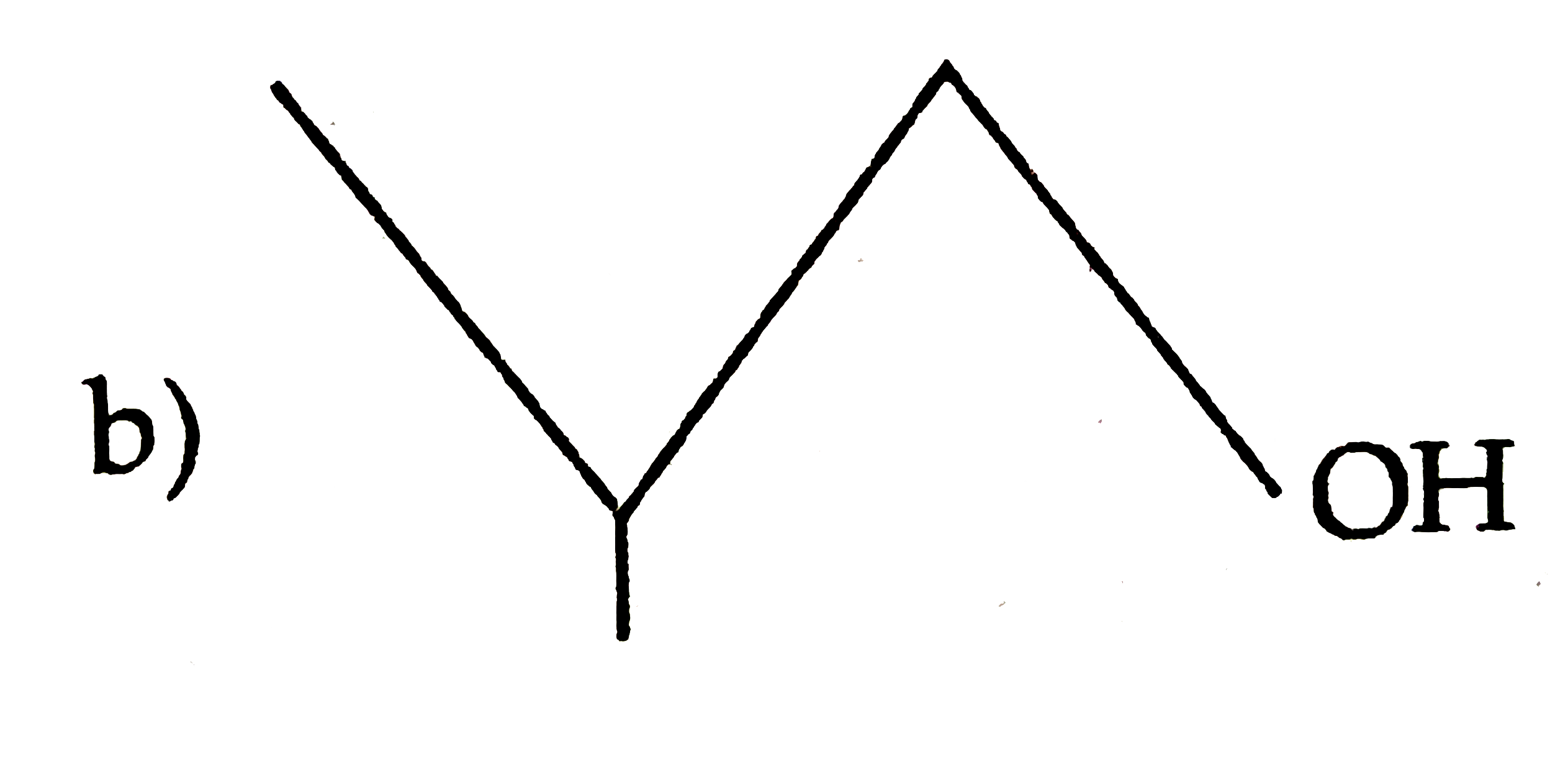 C
C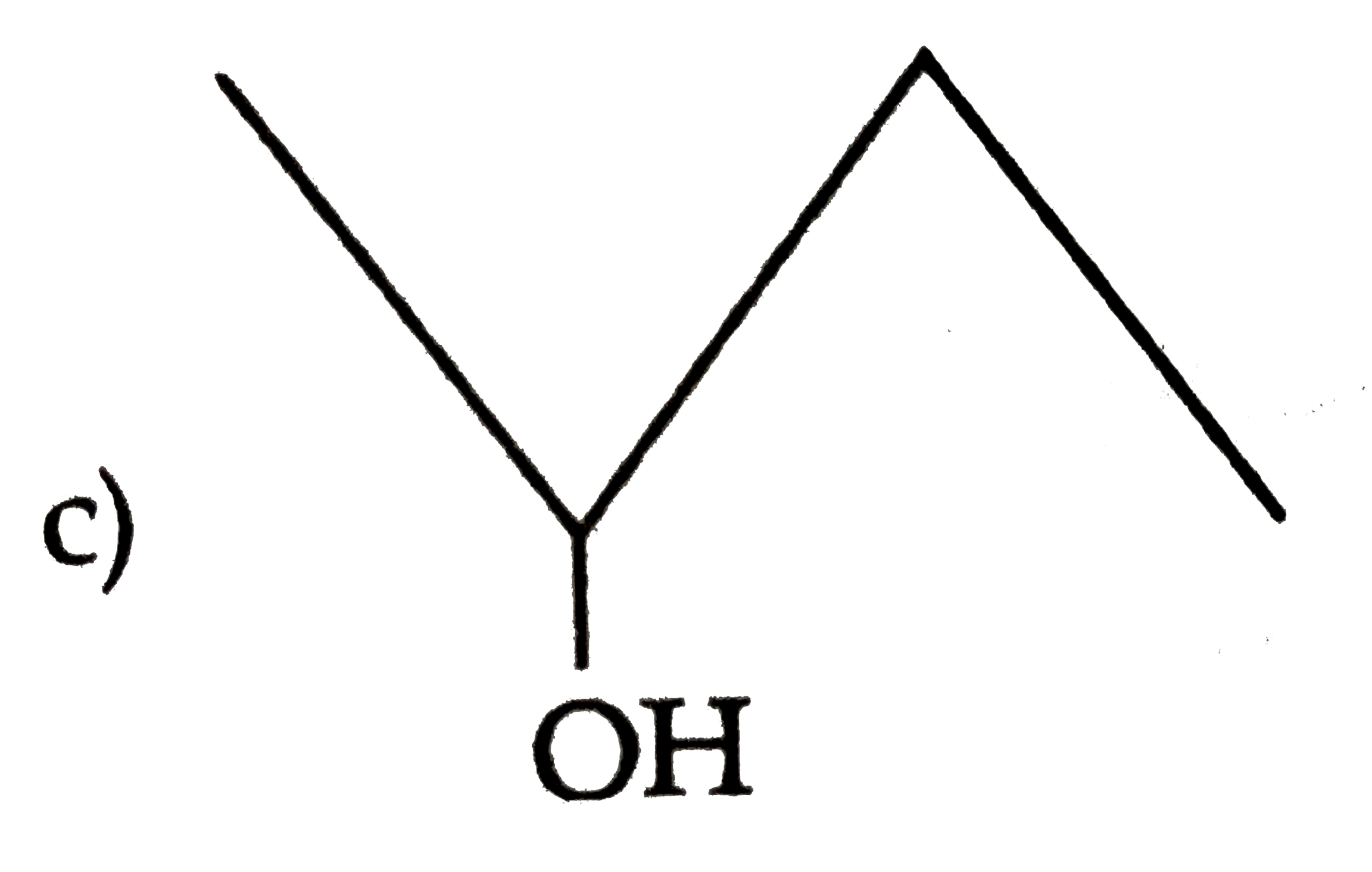 D
D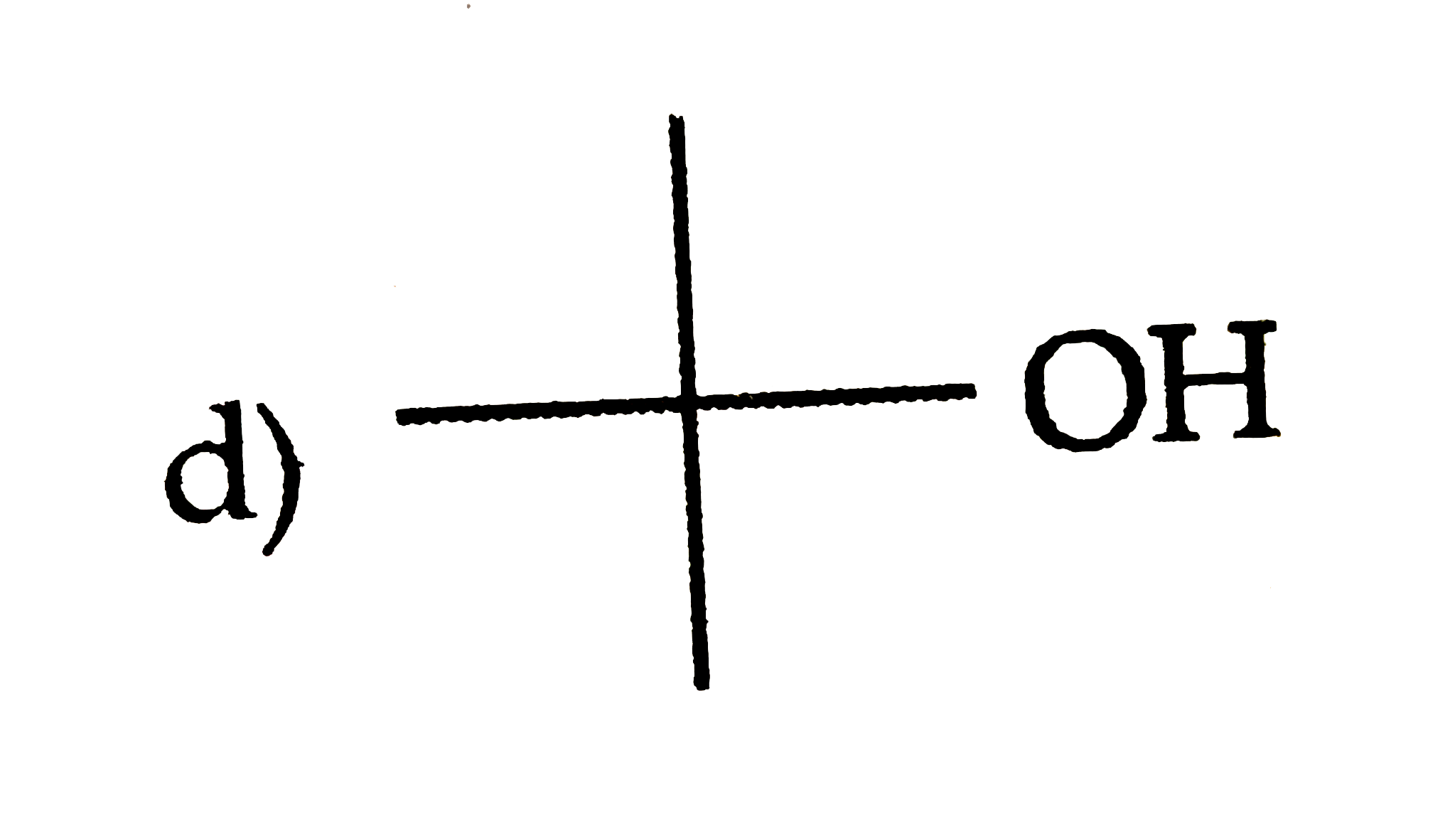
When sucrose is hydrolyzed it produced dextro-rotatory "glucose " and leavo-rotatory "fructose" whereas reactant itself is a dextro-rotatory compound. The above conversion process follows first order kinetics. Similarly an optically active compound A hydrolyzed as follows :
A+H2OH+−−→2B+C
The observed rotation of compound A,B and C are 60∘,50∘ and −80∘ per mole respectively. The angle of rotation after 40 minutes and after the completion of reaction were 26∘ and 10∘ respectively at 27∘C and activation energy for conversion is 27kJ mol−1 .
The value of t1/2 for above process is at 127∘C
View SolutionWhen sucrose is hydrolyzed it produced dextro-rotatory "glucose " and leavo-rotatory "fructose" whereas reactant itself is a dextro-rotatory compound. The above conversion process follows first order kinetics. Similarly an optically active compound A hydrolyzed as follows :
A+H2OH+−−→2B+C
The observed rotation of compound A,B and C are 60∘,50∘ and −80∘ per mole respectively. The angle of rotation after 40 minutes and after the completion of reaction were 26∘ and 10∘ respectively at 27∘C and activation energy for conversion is 27kJ mol−1 .
The value of rate constant of above reaction at 27∘C is :
View SolutionWhen sucrose is hydrolyzed it produced dextro-rotatory "glucose " and leavo-rotatory "fructose" whereas reactant itself is a dextro-rotatory compound. The above conversion process follows first order kinetics. Similarly an optically active compound A hydrolyzed as follows :
A+H2OH+−−→2B+C
The observed rotation of compound A,B and C are 60∘,50∘ and −80∘ per mole respectively. The angle of rotation after 40 minutes and after the completion of reaction were 26∘ and 10∘ respectively at 27∘C and activation energy for conversion is 27kJ mol−1 .
At what temperature half life of above process is equal to 31.1 minutes.
View SolutionA C7H12O2 optically active alcohol is oxidised by jones reagent to an optically inactive ketone. The molecule is.
View Solution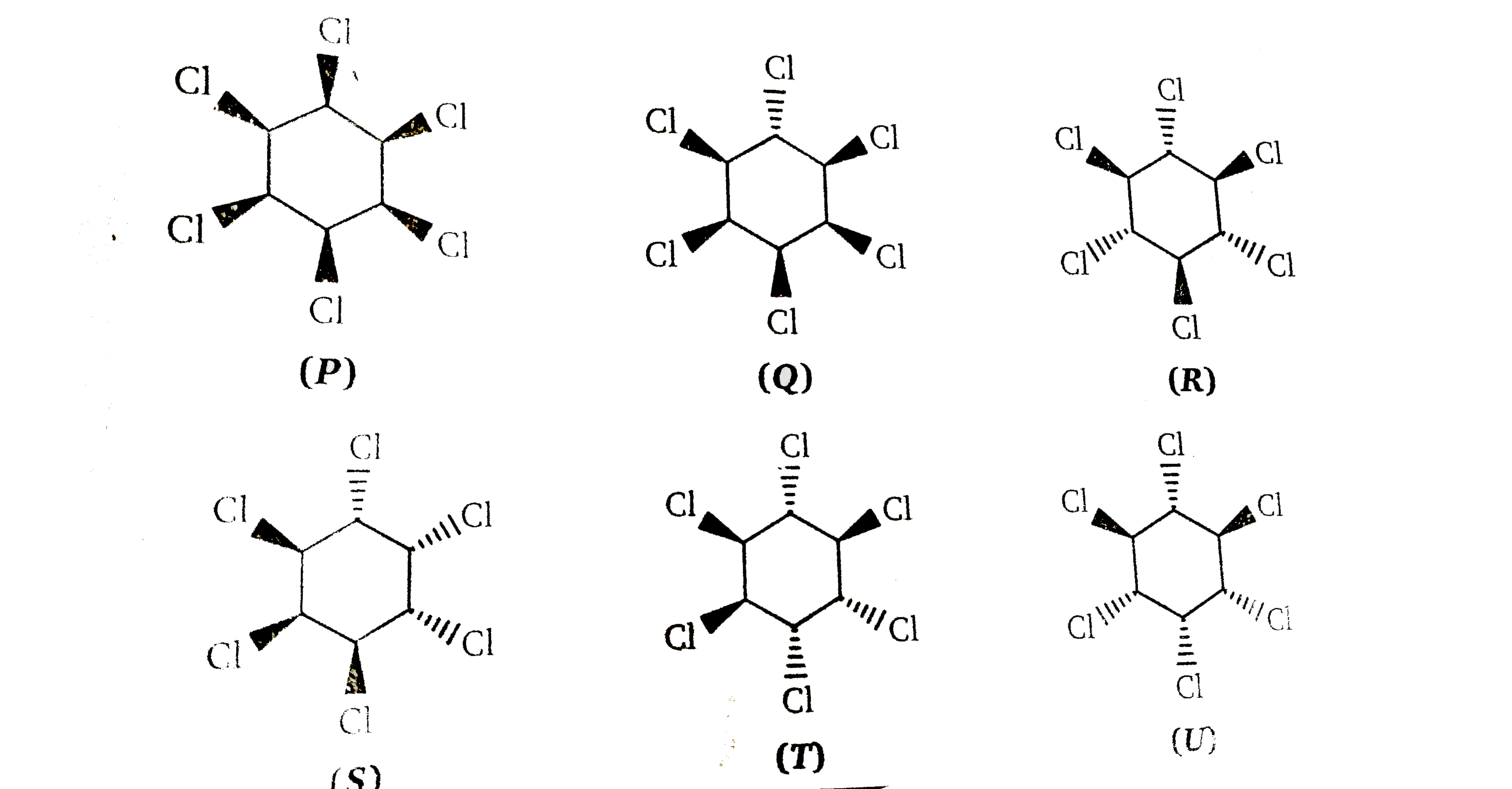
Consider the structures and answer A, B & C
Which of the compound is optically active ?
View Solution
